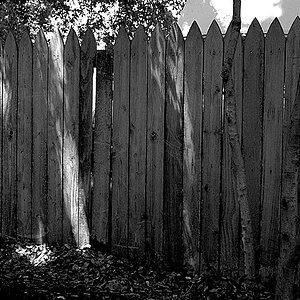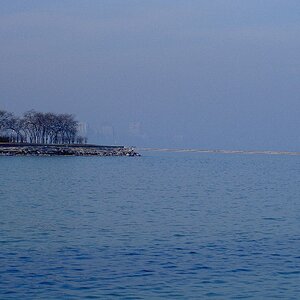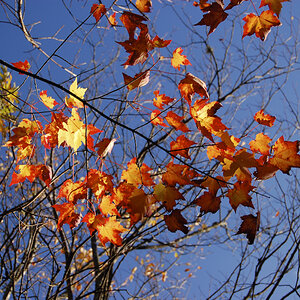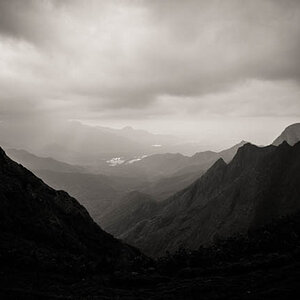amolitor
TPF Noob!
- Joined
- May 18, 2012
- Messages
- 6,320
- Reaction score
- 2,131
- Location
- Virginia
- Can others edit my Photos
- Photos OK to edit
What is UP with this "exposure triangle" idiom? Every beginner's guide to photography web site seems to have picked this thing up, but it makes no sense to me. Don't get me wrong, I understand exposure just fine, thanks. It's the use of the triangle that's a mystery to me. At best it seems to capture the idea that "ISO, shutter speed, aperture are interconnected" which I can accomplish with the sentence "ISO, shutter speed, and aperture are interconnected" or with any number of graphical representations.
Is there something I am missing? If I, I dunno, imagine that the correct EV is a dot somewhere inside the triangle.. then when I adjust the shutter speed.. the dot.. I dunno, moves away from something and toward something else?
The triangle strikes me as a glib little bit of graphical crud that obscures the issue. Newbies stare at it, I imagine, and try to figure out what on earth a triangle has to do with anything.
Exposure is trivial, we don't actually need little mnemonic devices to teach it, and we CERTAINLY don't need anti-mnemonic devices like meaningless graphics.
Is there something I am missing? If I, I dunno, imagine that the correct EV is a dot somewhere inside the triangle.. then when I adjust the shutter speed.. the dot.. I dunno, moves away from something and toward something else?
The triangle strikes me as a glib little bit of graphical crud that obscures the issue. Newbies stare at it, I imagine, and try to figure out what on earth a triangle has to do with anything.
Exposure is trivial, we don't actually need little mnemonic devices to teach it, and we CERTAINLY don't need anti-mnemonic devices like meaningless graphics.






![[No title]](/data/xfmg/thumbnail/42/42351-b976e32171d0405397bf5237bc4b902e.jpg?1619740148)






